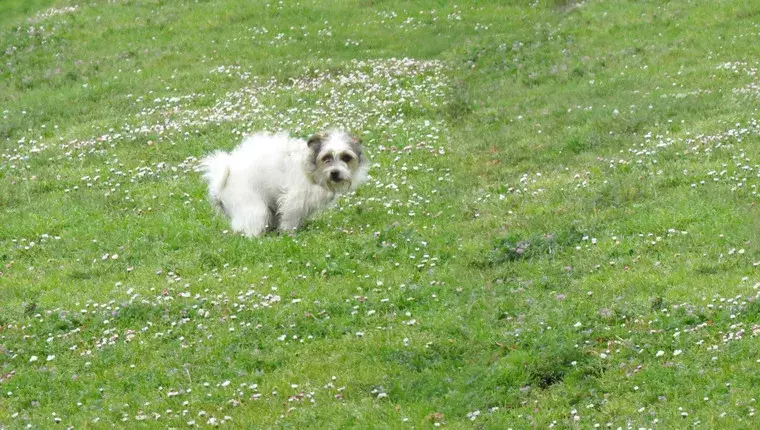The sight of white dog poop used to be a commonplace reality for pet owners, evoking mixed emotions ranging from disgust to nostalgia. It was as if this bizarre phenomenon suddenly vanished into thin air, leaving behind nothing more than memories and curious prompting to understand its absence. In a world where canine companions thrive under new dietary trends and health-conscious choices, one cannot help but ask: where did all the white poop go?
A Nutritional Shift: The Role of Calcium in Dog Diets
To comprehend this peculiar mystery, we must delve into the nutritional shifts in dog food over the past few decades. Traditionally, many dog foods were laden with calcium-rich bone meal, which, while essential for healthy bones, posed unexpected consequences. Just as humans are limited in their ability to absorb excess vitamins, dogs also face challenges with their calcium intake. Rachael Funnell compellingly illustrates how an overload of calcium leads to one inevitable outcome: excretion, leading to the infamous white poop.
Furthermore, the process of flavoring and adding nutritional components to dog food has evolved. With modern pet owners growing increasingly discerning about their pets’ diets, this evolution is not merely a trend but a necessity. Many dog food companies now favor balanced recipes over archaic formulations overloaded with byproducts, emphasizing both health and palatability in their products.
The Transformation of Pet Care Standards
The decline of white dog poop can also be seen as part of a larger transformation in pet care standards. Decades ago, concerns about dog nutrition were often overlooked, and comprehensive canine diets were practically unheard of. With the rise of health consciousness among dog owners, there has been a definitive shift towards more thoughtful and nutritious dog food. Options like grain-free, organic, and even vegan diets have emerged, addressing both ethical and nutritional needs.
As awareness of what goes into pet products increases, dog food manufacturers have responded accordingly. This newfound attention has inevitably affected the calcium excretion process, as lower levels of calcium in food result in less chalky residue.
Health Implications of the New Normal
While the vanishing act of white dog poop may appear trivial at first glance, it raises pertinent questions about canine health. Observing regular bowel movements is integral to monitoring a dog’s well-being. In an era where nutrient-focused diets have become the norm, significant deviations in waste can indicate underlying health issues. If white poop makes a comeback in your yard, it could signal more than just a dietary quirk; it may be a harbinger of hypercalcemia or other urinary complications begging for veterinary attention.
Ultimately, the disappearance of white dog poop encapsulates the evolution of conscientious pet ownership. This quirky byproduct of past canine diets serves as a reminder of how far we’ve come in the quest for better health and quality of life for our furry friends. In this age of informed choices, the vibrant array of dog food options ensures our pets digest healthier nourishment, leaving behind waste that reflects their improved lifestyles.

